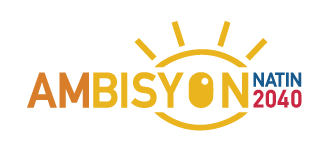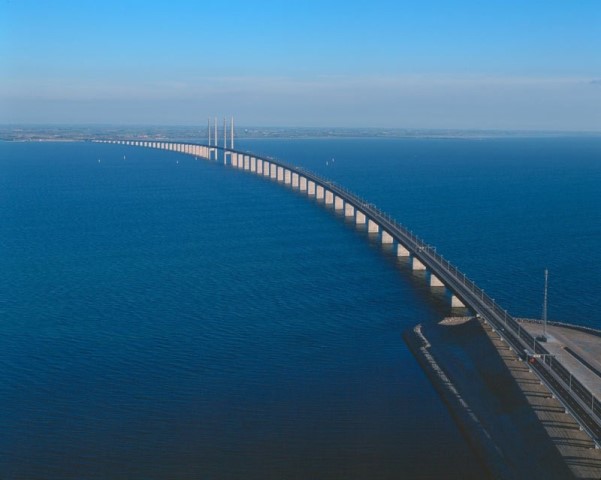
The Regional Development Council (RDC) approved the Bicol Regional Development Plan (RDP) 2017–2022 last March 3. The RDP will serve as the region’s guide in formulating policies and implementing development programs and projects for the next six years. It is the first medium-term plan anchored on the Long Term Vision or the AmBisyon Natin 2040 that was approved by President Rodrigo Duterte on October 11, 2016, through EO No. 5, as guide for development planning.
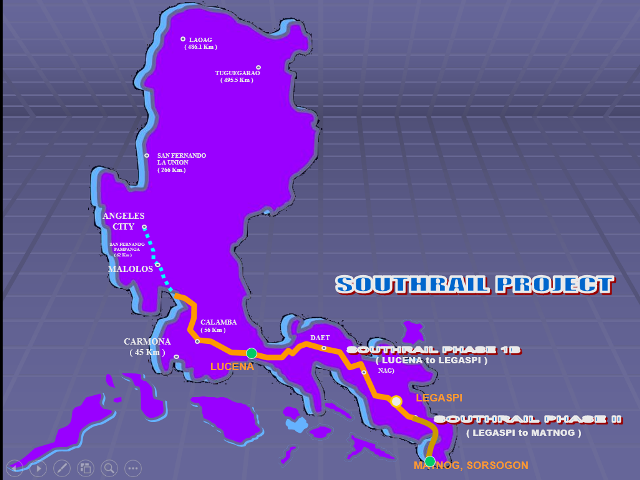
The Bicol RDP which is linked to the Philippine Development Plan (PDP) aspires to contribute to the attainment of the PDP’s goal of laying the solid foundation for more inclusive growth, a high trust and resilient society, and a globally competitive knowledge economy. The strategies of the Plan are focused on three pillars toward enhancing the social fabric, reducing inequality, and increasing growth potential. These shall be attained by increasing the gross regional domestic product (GRDP) growth rate by 11.2 percent in 2022 from 8.4 percent in 2015; reducing poverty incidence among population to 26 percent from 36 percent in 2015; and reducing underemployment rate to less than 20 percent in October 2022 from 30.1 percent in October 2016.
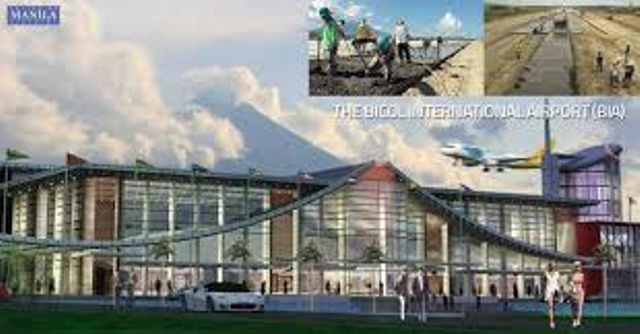
The completion of major infrastructure projects that will enhance connectivity of the region to the rest of Luzon and to the Visayas and Mindanao, and support to agriculture and fishery sector, micro small and medium enterprises, and tourism industry will be prioritized to meet the targets.
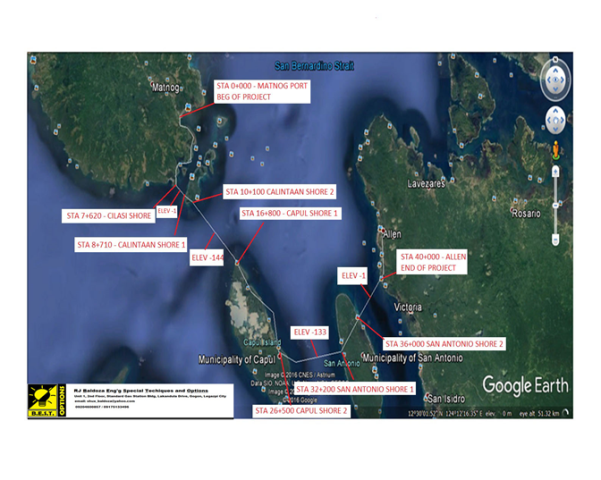
The following will also be given priority: (a) the Quezon-Bicol Expressway project (QueBEx) that includes Naga-Legazpi Freeway Project; (b) Libmanan Freeway Project Quirino/Andaya Freeway Project; (c) Camarines Sur-Albay Diversion Road Project (San Fernando to Oas); (d) Matnog-Samar Seamless Corridor Project (Sorsogon-Samar Island Suspension Bridge Project); (e) North-South Railway Project; Matnog Railway Extension Project (Camalig to Matnog); (f) Pasacao and Masbate port improvement projects; (g) Legazpi and Tabaco Ports upgrading to international standards; (h) New Naga Airport Project; and (i) the Bicol International Airport.
The projects that will support the agriculture and fishery sectors are the implementation of the Philippine Rural Development Program, inclusive partnership for agricultural competitiveness, irrigation development program, farm to market roads, farm mechanization, production of abaca planting materials, Bicol innovation research and technology hub, agricultural and fishery support program, coastal and inland fishery resource rehabilitation, and capability programs for farmers and fishermen.
Maria Teresa T. Chong
Photos by NRO V
